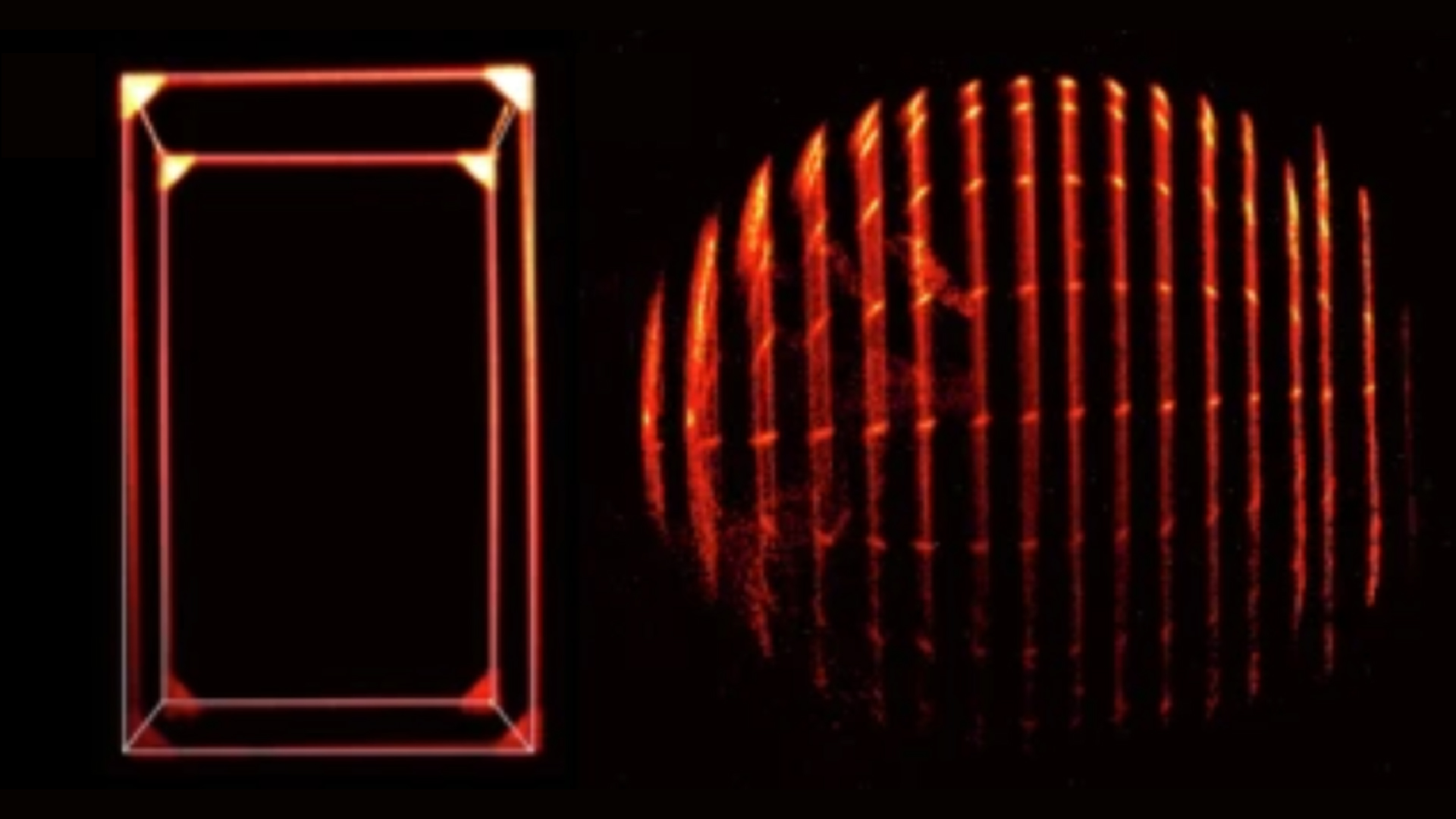Photos of Pterosaurs: Flight in the Age of Dinosaurs
Pterodactylus antiquus
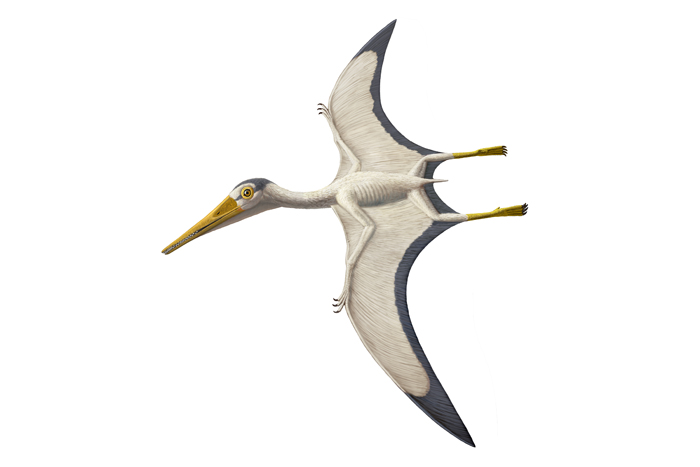
This pterosaur species lived 160–150 million years ago in an archipelago in what is now southern Germany. It had a wingspan of up to 5 feet (1.5 m) and fed on insects or fish. In addition to wings, Pterodactylus antiquus had a flap of skin between its legs and tail and webbing between its toes. Pterodactylus antiquus was the first flying reptile to be called a “pterodactyl.” After many other specimens were found, the entire group was named Pterosauria, and its members pterosaurs — the terms scientists use today. [Read full story]
Pterodactylus fossil cast
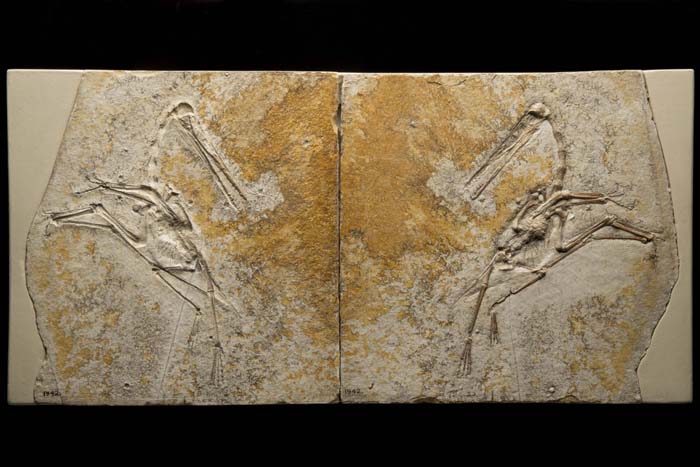
This cast is of a fossil of a young Pterodactylus antiquus that was found in layers of limestone near Solnhofen, Germany, an area known for its rich fossil beds. The animal was imbedded in very fine silt, which preserved the skeleton in sharp detail. The layer of sediment that covered it created a mold — a mirror image of the petrified remains. [Read full story]
Creating Tropeognathus
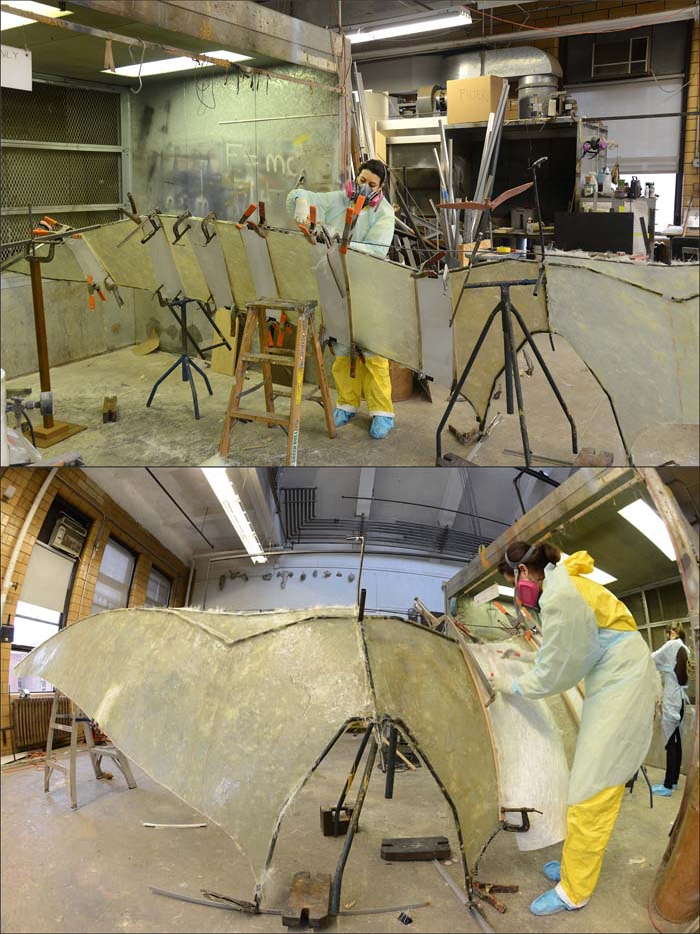
Museum preparators work on a full-size model of Tropeognathus mesembrinus, a 110-million-year-old pterosaur species with a wingspan of more than 25 feet. This model will hang over the entrance gallery of the Pterosaurs: Flight in the Age of Dinosaurs exhibition which opens April 5, 2014. [Read full story]
Nemicolopterus fossil cast
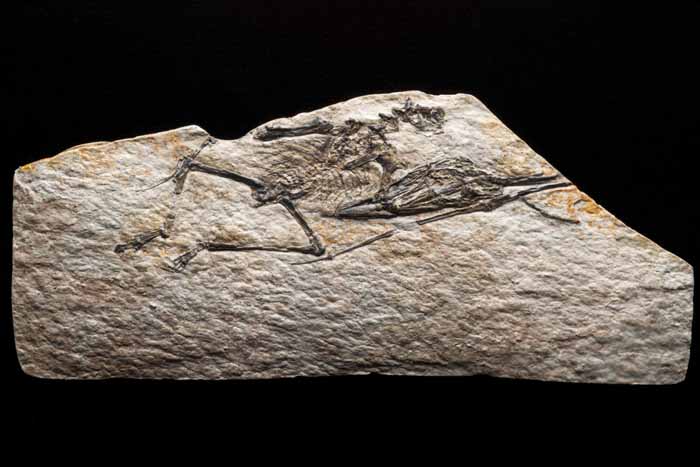
This cast of a fossil of Nemicolopterus crypticus, one of the smallest pterosaurs, was discovered in northeastern China in 2008. Its fossil skeleton, with its curved toe bones, suggests it could cling to the branches or trunks of trees. Nemicolopterus, about the size of a modern sparrow, may have darted through forests hunting for insects, snapping them up in its toothless jaws. [Read full story]
Quetzalcoatlus northropi
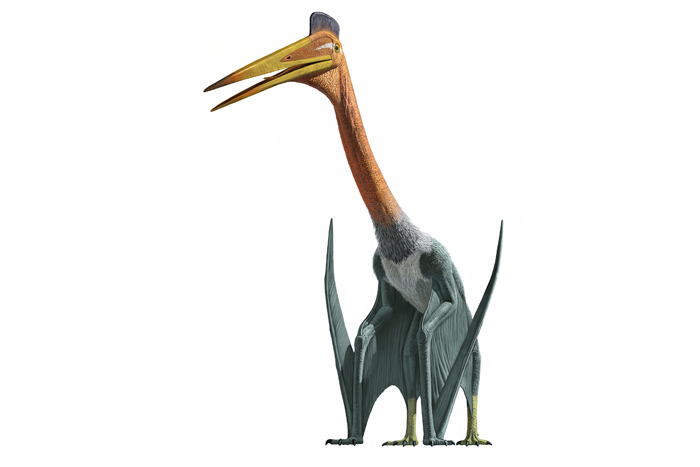
This large pterosaur species lived around 70 million years ago on a plain in what is now western Texas. With a wingspan of at least 33 feet , Quetzalcoatlus northropi was about as big as a two-seater plane — larger than any other known flying animal. Quetzalcoalus northropi was named after Quetzalcoatl, a Mexican god of the air. [Read full story]
Quetzalcoatlus humerus
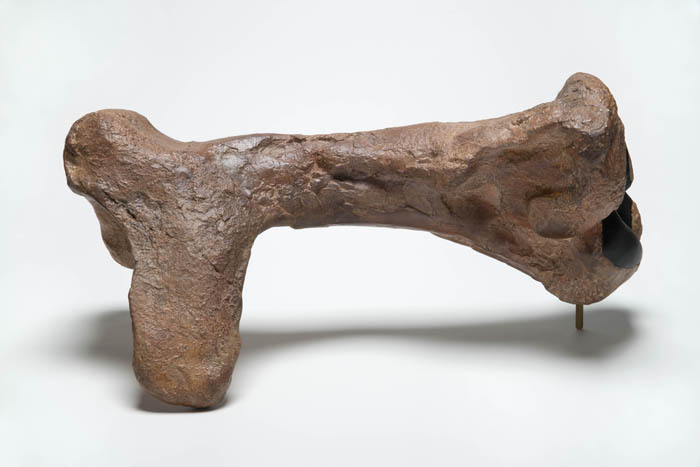
This humerus, or upper arm bone, belonged to Quetzalcoatlus northropi, one of the largest pterosaurs found to date. A geology student discovered this fossil in a gulch in southwestern Texas, but the only remains he could find were parts of one wing. The massive knob at the shoulder end was an attachment point for powerful muscles — a clue that this animal was capable of flight. [Read full story]
Creating Quetzalcoatlus
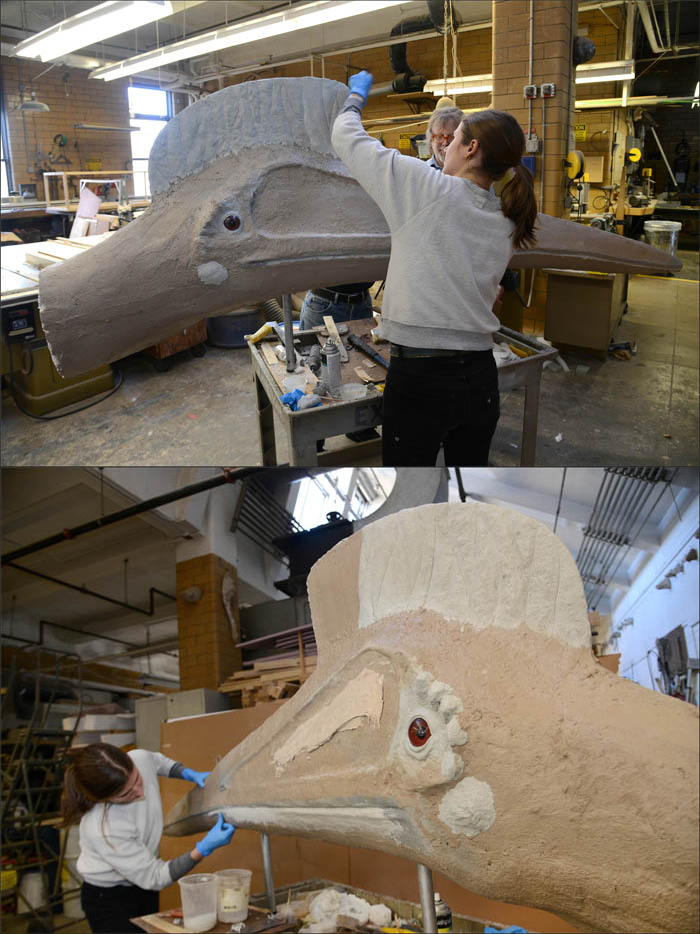
Museum preparators work on a full-size model of Quetzalcoatlus northropi, one of the largest pterosaurs with a wingspan of at least 33 feet. This model will be featured in the new exhibition Pterosaurs: Flight in the Age of Dinosaurs which opens April 5, 2014. [Read full story]
Get the world’s most fascinating discoveries delivered straight to your inbox.
Preondactylus buffarinii
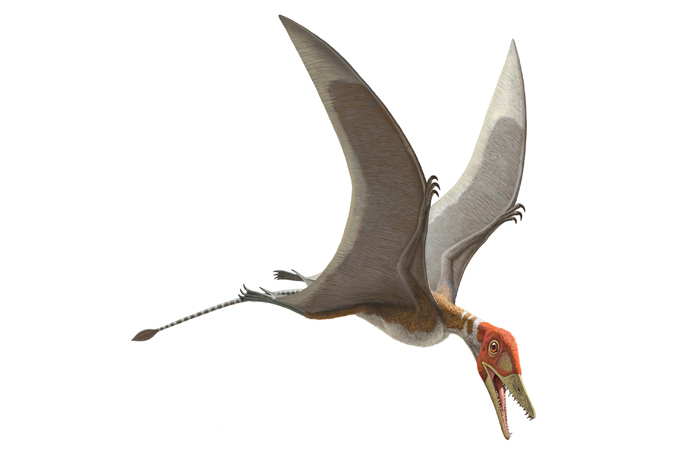
One of the oldest known pterosaurs, this species lived around 220 million years ago near an inland sea in what is now northern Italy. Like many early pterosaurs, Preondactylus buffarinii had relatively short wings (wingspan of 18 inches), long legs and a very long tail. [Read full story]
Scleromochlus taylori
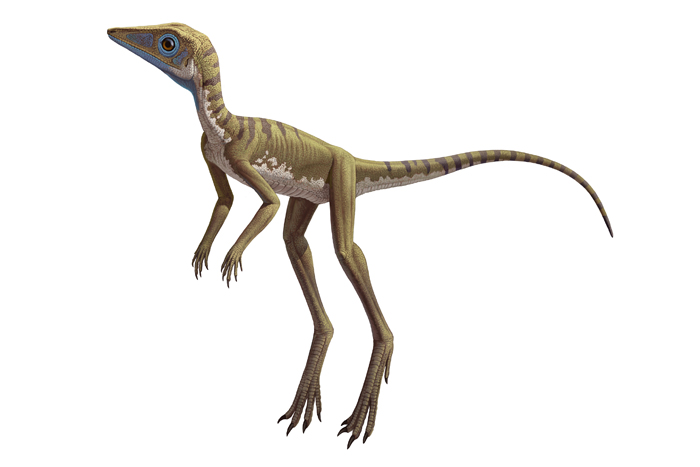
Pterosaurs evolved from an ancestor that may have resembled Scleromochlus taylori, a terrestrial reptile that lived around 230 million years ago. Scleromochlus probably ran or leaped around on its long hind legs. Based on some of the bones in its foot, scientists think it was an early relative of both pterosaurs and dinosaurs. [Read full story]
Wukongopterus fossil cast
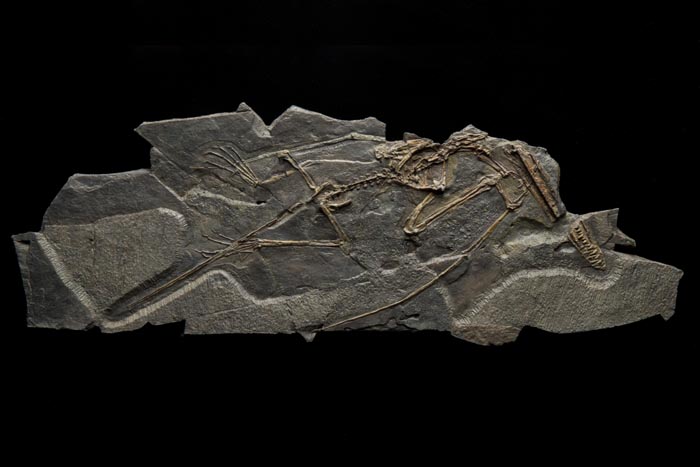
This recently discovered pterosaur, found in Liaoning Province, China, has a long, straight tail, like most primitive species on the pterosaur evolutionary tree. But it also has some advanced traits, such as relatively long neck vertebrae. Scientists think this pterosaur could be a transitional species, evolving as pterosaur body types started to change. [Read full story]
Pterosaur Trackway
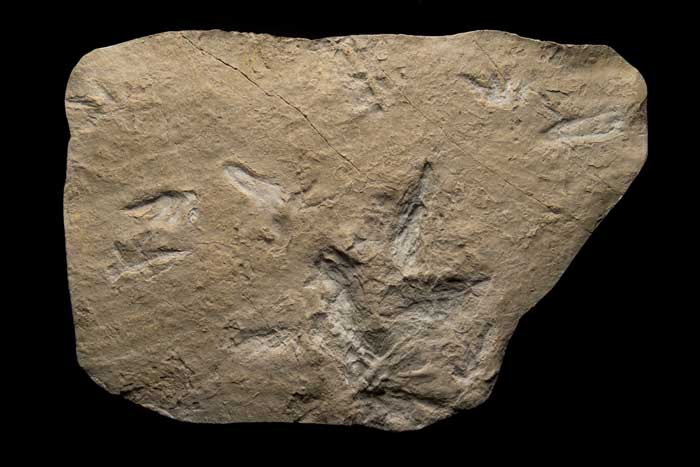
This sandstone slab from Utah is a relic from more than 140 million years ago, when pterosaurs strolled on tidal flats near a sea in what is now the American West. The nine sets of prints are of different sizes, so they may have been left by more than one species, or by a group that included both young and adults. Today, these fossil tracks help reveal how the pterosaurs moved: not like birds but like bats, walking on all four limbs. [Read full story]

